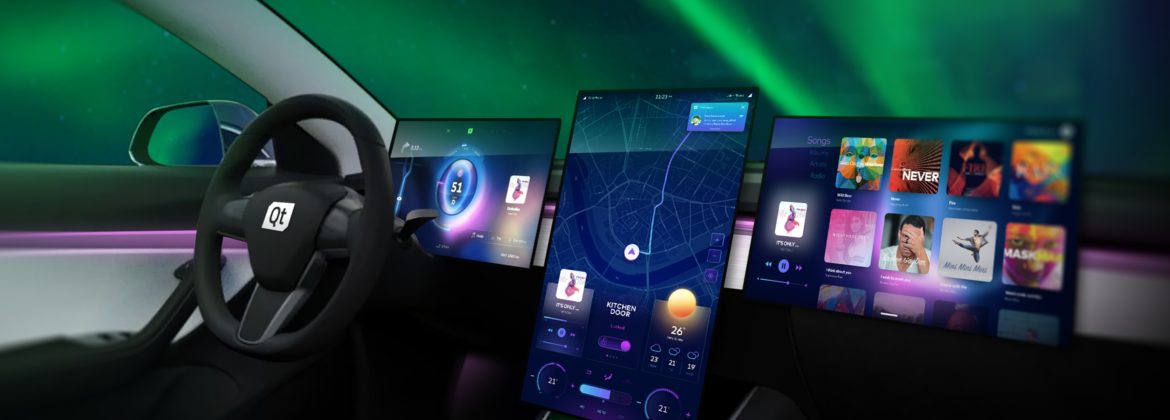CES 2020 Items That Might Help The Car Rental Industry

Mobility makes a bigger impact at Vegas Consumer Electronics Show
One thing about the Consumer Electronics Show, especially when it comes to automobiles, is the need for vendors to show wares reflective of what would be nice for the car rental industry to have as opposed to what it needs. The biggest technological demand in the industry these days is connectivity, which so far has been great for cost reduction, especially in fuel, while all those chunks of raw data are providing valuable clues to the direction companies should take in the future.
A fair bit of that technology was showcased at CES, which ended last week in Las Vegas, as well as a fair number of autonomous and green solutions, innovations that the car rental agency has been slower in adopting. Still, there was an assortment of items that do warrant some attention, such as the five attractions and products listed here.
1. Watch for “arm compute” and “digital cockpit” to become buzzphrases of the future with tech firms like semiconductor builder NXP and Mahindra Racing rolling out more computerized dashboards. These were demonstrated as future options to monitor more detailed vehicle performance, car-to-car communication and more entertainment amenities. And it’s the type of dashboard most likely needed for more autonomous cars rolling out in the years to come.
2. Sony’s always been a big draw at this show when it comes to consumer electronics. Now it’s edging closer to automotives with the rollout of an electric car, still not named, but with a slew of high-tech bells and whistles. It’s got what’s called Vision-S vehicle connectivity with than 30 sensors, six dashboard screens, and one super 360 sound system.
3. We know that some car rentals are using biometrics as a way to speed up booking and enhance security, but Mercedes-Benz has taken it to a whole new level. The latest model, Vision AVTR comes without a steering wheel, leaving the driver to maneuver with his palm in the air. Biometrics then reads the signals from the palm positions and steers accordingly.
4. The logistics of autonomous vehicles keep delaying its big-time commercial rollout, but companies continue to offer new technology to increase its feasibility. One way is through lidar, a form of radar that will help a self-driving vehicle to “see” its way around obstacles. Rival companies Luminar and Velodyne showcased sensors designed to provide that ability.
5. And way out in left field were the least likely contenders to grab green technology by the grass roots. Electric cars have been slower to catch on in North America than in Europe and Asia, and the latest eco-friendly products by Prius and Karma were head-scratchers more than anything, particularly for being solar powered.
–